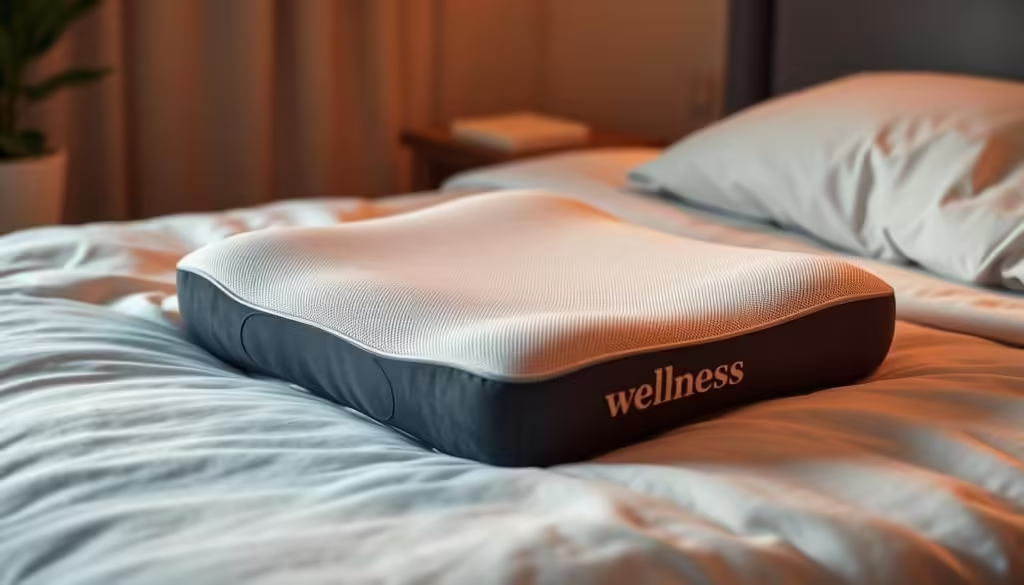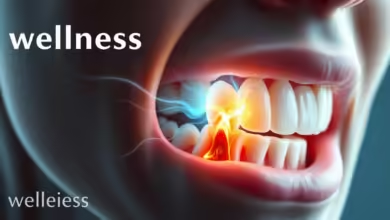how to sleep with tailbone pain

Do you struggle to find a comfy sleeping spot because of tailbone pain? You’re not alone. Coccydynia, or tailbone pain, can make simple tasks hard, like sitting or sleeping. But there’s hope. You can manage your pain and sleep well with the proper steps. The big question is, what changes can you make to your sleep setup and routine to ease this pain?
Key Takeaways
- Tailbone pain, or coccydynia, can significantly impact your sleep quality
- Understanding the causes and symptoms of tailbone pain is the first step in finding relief
- Creating a comfortable sleep environment with the right cushions and support can make a big difference
- Incorporating gentle stretches, cold/heat therapy, and other tailbone pain relief techniques can help you sleep better
- Preventing future tailbone injuries through proper posture and activity modifications is critical to long-term relief
Understanding Tailbone Pain
Tailbone pain, also known as coccydynia, can disrupt your life. It can come from falls, injuries, or even more severe health issues. Knowing the causes and symptoms of coccydynia helps you manage the pain better.
Causes and Symptoms of Coccydynia
Coccydynia often happens after a fall or injury, like during childbirth. It can also be caused by doing the same thing repeatedly. Symptoms include pain when sitting, standing, or moving your bowels and feeling uncomfortable when changing positions.
The pain can feel like a dull ache or a sharp stab. You might also notice tenderness or swelling around the tailbone. How bad the pain is can differ from person to person.
The Impact on Sleep Quality
Tailbone pain can interfere with sleep. Finding a comfy position can be challenging, making falling and staying asleep difficult. This can start a cycle where poor sleep worsens the pain and vice versa.
People with coccydynia struggle to find a good sleeping position. This affects their mood, energy, and daily activities, which are essential for their health and happiness.
| Causes of Coccydynia | Symptoms of Coccydynia |
|---|---|
| Falls or injuries Childbirth Repetitive strain or activities | Pain when sitting, standing up, or during bowel movements Tenderness or swelling around the tailbone Dull ache or sharp, stabbing pain |
Understanding coccydynia’s causes and symptoms is critical to managing the pain. This can significantly improve your sleep and overall well-being.
“The pain associated with coccydynia can range from a dull ache to a sharp, stabbing sensation.”
Creating a Comfortable Sleep Environment
Getting quality sleep is vital when you have tailbone pain or coccydynia. To improve your sleep, adjust your mattress, use supportive pillows, and sleep in a way that doesn’t put too much pressure on your tailbone.
Choosing the right mattress is crucial. Look for one that’s soft and supports your lower back and tailbone well. Memory foam or hybrid mattresses are good choices because they mould your body and spread your weight.
Supportive pillows are also crucial for a good night’s sleep. Use a pillow made for tailbone pain, like a wedge or U-shaped pillow. These pillows help keep your spine straight, reduce pressure on your tailbone, and make sleeping more comfortable.
| Mattress Type | Suitability for Tailbone Pain |
|---|---|
| Memory Foam | Excellent |
| Hybrid | Excellent |
| Innerspring | Fair |
| Latex | Good |
Think about how you sleep, too. Sleeping on your back or side is usually the most comfortable option when you have tailbone pain. Avoid sleeping on your stomach because it can worsen the pain by putting more pressure on your tailbone.
You can sleep better by making your sleep area comfortable for tailbone pain. This is important for healing and managing coccyx discomfort.

Tailbone Pain Relief Techniques
People with tailbone pain, or coccydynia, can find relief through different methods. These methods aim to lessen inflammation, ease pain, and boost mobility. They help manage the condition and improve sleep quality.
Applying Cold or Heat Therapy
Using cold or heat therapy is an excellent way to ease tailbone pain. An ice pack or warm compress can soothe the area and reduce inflammation. Applying cold therapy for 15-20 minutes daily can numb the pain and reduce swelling. Heat therapy can improve blood flow and relax muscles.
Gentle Stretches and Exercises
Adding gentle stretches and exercises to your daily routine can help with tailbone pain. Techniques like pelvic tilts, seated piriformis stretches, and lower back extensions can improve flexibility, strengthen the core, and reduce coccyx pressure. Always check with a healthcare professional or physical therapist to ensure the exercises are right.
- Pelvic tilts: Gently tilt your pelvis forward and backwards to stretch the lower back and engage the abdominal muscles.
- Seated piriformis stretch: Cross one leg over the other and gently rotate your upper body towards the crossed leg, feeling a stretch in the buttock area.
- Lower back extensions: Lie on your stomach and use your hands to lift your upper body off the ground, arching your back and opening up the front of your hips.
Adding these tailbone pain relief techniques to your daily routine can better manage coccyx pain and improve sleep quality and comfort.

“Addressing tailbone pain through a combination of cold/heat therapy and gentle exercises can make a significant difference in managing coccydynia and promoting better sleep.”
Supportive Cushions and Pillows
Using supportive cushions and pillows can significantly improve your sleep. They are designed to ease tailbone pain. The right cushion can spread pressure and support your tailbone, making it more comfortable.
Choosing the Right Tailbone Cushion
When picking a tailbone cushion, look for one made for coccyx relief. Memory foam or gel cushions work best because they mould to your body, stopping your tailbone from taking all the weight.
Also, consider the cushion’s size and shape. It should fit well in your chair or bed and ensure proper support.
Tailbone pads and pillows are great for side sleepers or back sleepers. They help keep your spine aligned and reduce tailbone pain. Try out different ones to find the best fit for your sleep style.
FAQ
What are the common causes and symptoms of tailbone pain (coccydynia)?
Tailbone pain, or coccydynia, often comes from falls, childbirth, or repetitive strain. You might feel pain when sitting, standing up, or during bowel movements. This pain can mess with your sleep and make it hard to find a comfy spot.
How can I create a comfortable sleep environment to manage tailbone pain?
Making your sleep area comfy is critical when you have tailbone pain. You might need to change your mattress, use supportive pillows, and pick a sleeping position that doesn’t put too much pressure on your coccyx.
What tailbone pain relief techniques can I try?
There are many ways to ease tailbone pain. Cold or heat therapy and gentle stretches and exercises can help. These methods can reduce inflammation, make you feel better, and help you move more quickly.
How can supportive cushions and pillows help with tailbone pain?
Supportive cushions and pillows can help with tailbone pain. The right cushion can spread the pressure and give you the support you need to feel better.
How can I prevent future tailbone injuries?
To avoid future tailbone injuries, watch your posture, don’t sit for too long, and do stretches and exercises. Also, using the right cushions and support when sitting can help prevent more harm.



